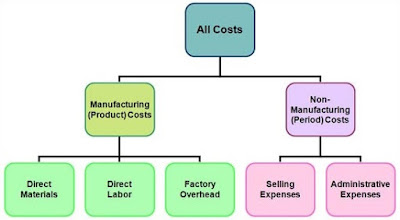In Consumption Based Planning,
SAP uses the past consumption data to calculate the future
requirements. There are three procedures within MRP:
1. Re-order point planning
2. Forecast based planning
3. Time phased planning
Re-order point planning
§ Procurement is triggered when the sum of
plant stock and firmed receipts fall below the reorder point
§ The reorder point is calculated as the
material demand during replenishment lead time
§ The Safety Stock (SS) takes care of both
excess material consumption within the replenishment lead time and additional
requirements that may occur due to supply delays.
Where:
z = service factor based on desired service level
L = average lead time
σD =standard deviation of demand
D = average demand
σL = standard deviation of lead time
We can use
Manual Reorder Point or Automatic Reorder Point
§ Manual Reorder Point: The planner manually enters the reorder
point and the safety stock in the individual material master record. It
corresponds to the MRP type VB.
§ Automatic Reorder Point: The system calculates the reorder level and
the safety stock level using past consumption data of the material to forecast
future requirements. It corresponds to the MRP type VM.
Forecast based planning:
Forecast-based planning is also based on material consumption. Like reorder point planning,
forecast-based planning operates using historical values and forecast values
and future requirements are determined via the integrated forecasting program.
However, in contrast to reorder point planning, these values then form the
basis of the planning run. The forecast values therefore
have a direct effect in MRP as forecast requirements.
The forecast, which calculates future requirements
using historical data, is carried out at regular intervals. This offers the
advantage that requirements, which are automatically determined, are
continually adapted to suit current consumption needs. The forecast requirement
is reduced by the material withdrawal so that the forecast requirement quantity
that has already been produced is not included in the planning run again.
§ It is also based on historical data -the
past material consumption data- and future requirements are determined by the
forecasting program
§ Here the forecast values are used in MRP
as the forecast requirements
§ Based on the consumption pattern the system
changes the forecast requirements for future
§ MRP type needs to be entered as VV
Time phased planning:
§ In this MRP procedure, the date of the
planned requirement should coincide with a known date, such as the date when
the supplier delivers
§ Requires that the material forecasting be
completed for the material
§ MRP type needs to be entered as R1
§
This is
used specially in case if the planning cycle is known.
§
The
materials planned using this is given an MRP date in the planning file.
§
This
date is set when creating the material


More share your knowledge.
ReplyDeletei will try my best :-)
Delete